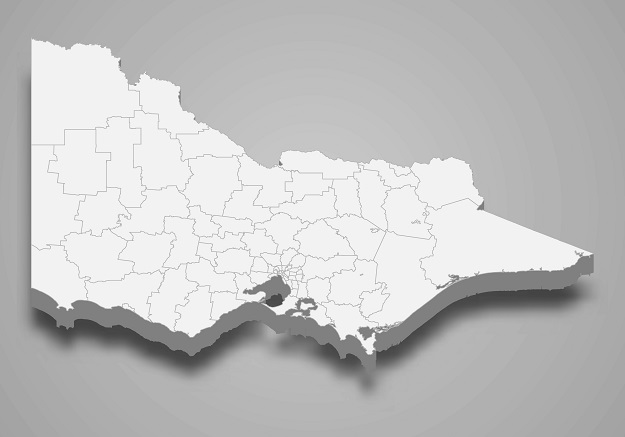
Image credit: ©stock.adobe.com/au/Maxim Grebeshkov
The Surveyors Registration Board of Victoria (SRBV) is seeking industry feedback on what is being described as a once-in-a-generation review of the state’s licensing system for cadastral surveyors.
Victoria’s current licensing system has been in effect for a very long time, and there is concern that aspects of it might be acting as disincentives for new people to join or remain in the industry.
With the aim of rectifying such concerns, the SRBV engaged consultancy Nous Group to meet with SRBV board members, the Project Advisory Committee and key stakeholders, and then prepare an issues paper for wider industry review.
That paper has now been published and feedback on it is being accepted until Friday, 24 September 2021. The SRBV hopes to hear from licensed surveyors, candidates, students, supervisors, industry stakeholders and any other individual or group with an interest in the licensing system.
According to the issues paper, “The continued sustainability of a competent and experienced surveying profession is important to maintain Victoria’s confidence in the cadastre.
“While the current licensing system is generally effective in ensuring that only fit and proper professionals undertake cadastral surveying, the industry is facing challenges around an ageing workforce and a dwindling pipeline of incoming cadastral surveyors that is insufficient to meet current and projected demand.
“In addition, the demographic composition of the surveying profession does not reflect the diversity of the Victorian community and there is an opportunity to address this.”
So far, the review has identified three key themes, each of which has a number of issues that need addressing.
The first theme is that current education pathways do not attract a diverse cohort or the optimal number of students to meet demand. Issues identified under this theme include:
- There are mixed expectations on what competencies graduates should have achieved by the time they complete their tertiary qualification.
- Mixed expectations about what graduates should know and be able to do also affects students’ perceived readiness for the Professional Training Agreement (PTA).
- Clarifying expectations about the level of specialist cadastral surveying skills students should have at any time of graduation is important.
- Many students do not want to study specialist degrees.
- There are no alternative education pathways outside of accredited university courses that students can complete.
The second theme acknowledges that the PTA model is a long-standing approach to providing professional training and relevant work experience, but:
- The PTA relies on formal, high-quality supervisors who are in short supply, and supervision is a time-consuming process.
- The nature of their work prevents some licensed surveyors from becoming supervisors.
- The PTA includes project work that has strict criteria, limiting candidates’ ability to prove competency through their regular day-to-day work.
- Candidates are assessed on their ability to navigate specific project scenarios rather than demonstrating competencies more generally.
The third theme is that “Granting a licence is impacted by balancing time and competency”:
- The Board adopts an examination-based approach to granting a licence which is inefficient, as there is variation in the interpretation of the assessment criteria by examiners, supervisors and candidates, and there is limited capacity available to assess projects.
- The existing, single surveyor license does not reflect the variation in surveyors’ normal scopes of practice.
To address each of these issues, the SRBV is seeking stakeholder feedback to explore:
- Whether key issues identified with the licensing system reflect the current problems and are appropriately articulated.
- Whether there are additional issues or concerns with the current licensing system.
- What changes to the licensing system would support a stronger pipeline of cadastral surveyors, while maintaining competency.
You can find the review survey online here. Feedback can be made anonymously if preferred.
Stay up to date by getting stories like this delivered to your inbox.
Sign up to receive our free weekly Spatial Source newsletter.







